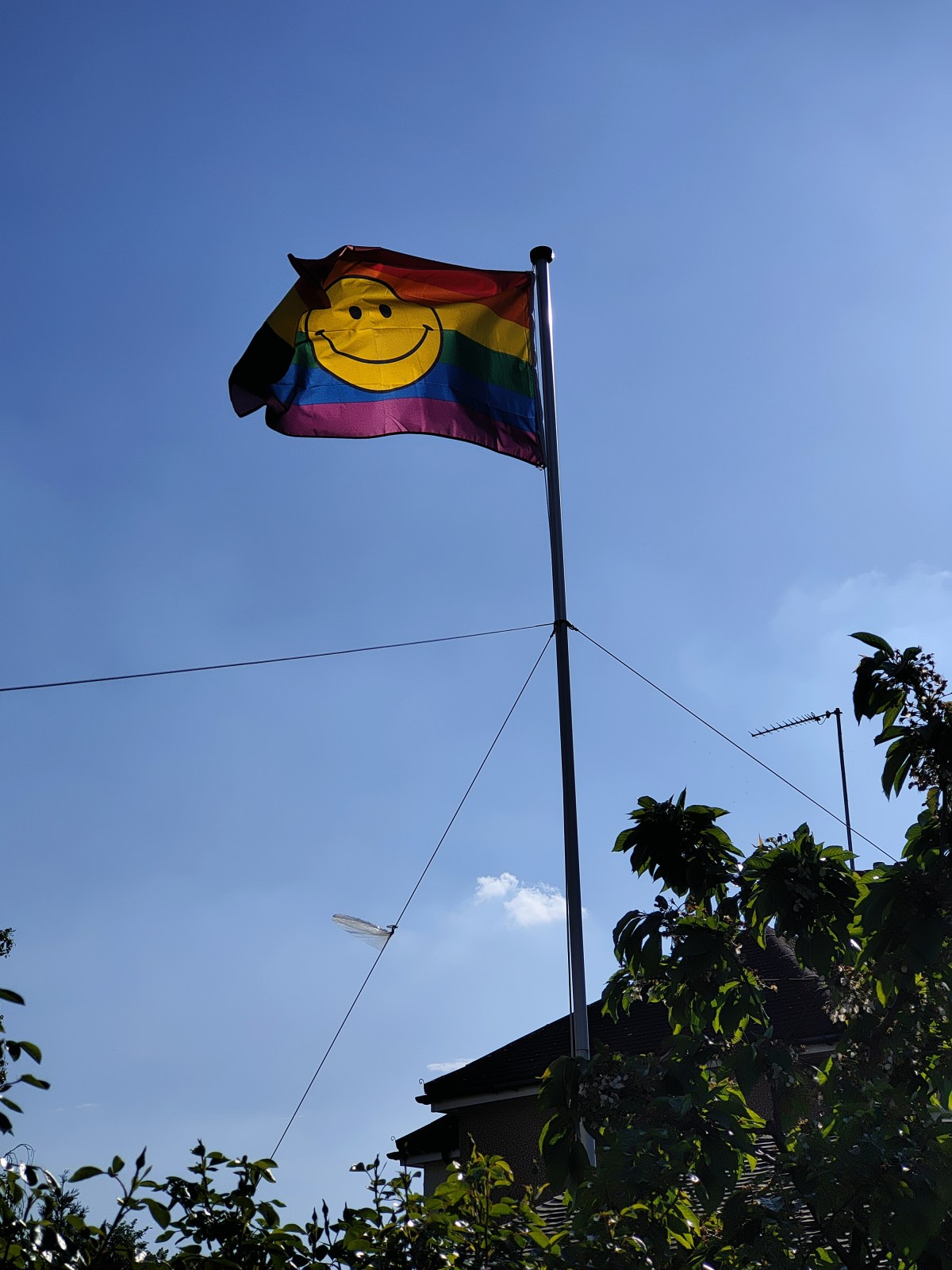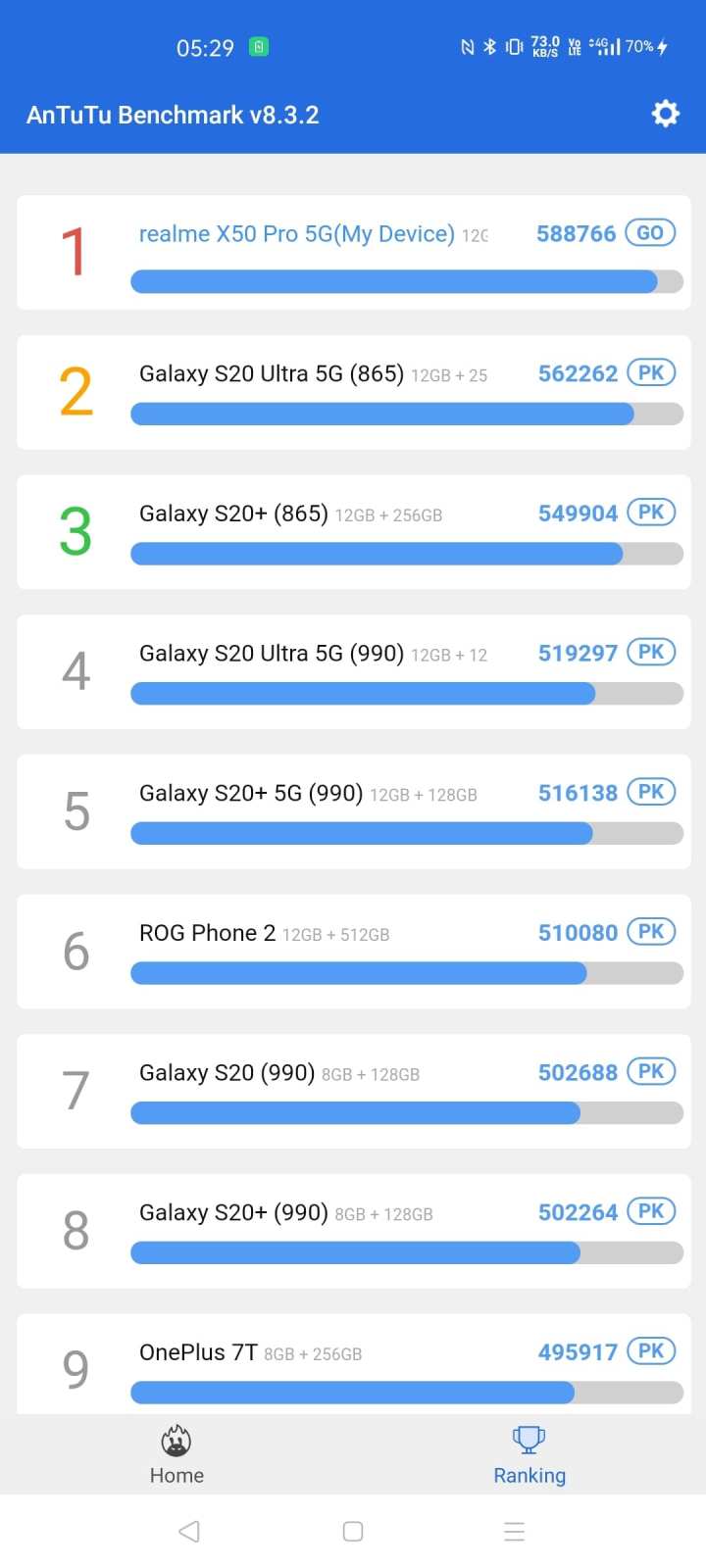
Realme X50 Pro 5G Review: A premium entry into 5G for a fraction of the price
While the jury remains out on how important 5G is right now (it most likely depends on where you live and what network you’re on), 2020 is the year 5G phones finally become a thing.
Apple’s launch of 5G devices later this year will almost certainly give 5G the credibility it needs, and smother the flames of the most vehement anti-5G conspiracy theorists, but why wait until Apple says 5G is the next big thing?
2020 will still see many 4G-only releases, but the number of 5G enabled devices is only going to grow until it becomes the norm on all but the cheapest burner phones in Argos.
Whether you’re an eager early adopter or the type of user that only intends to change phone once every few years, having 5G is equally important – even if you can’t necessarily use it right away.
Disclosure: I was given a device to review ahead of the European launch, but Realme has had no previous viewing of my review or any say in its content.
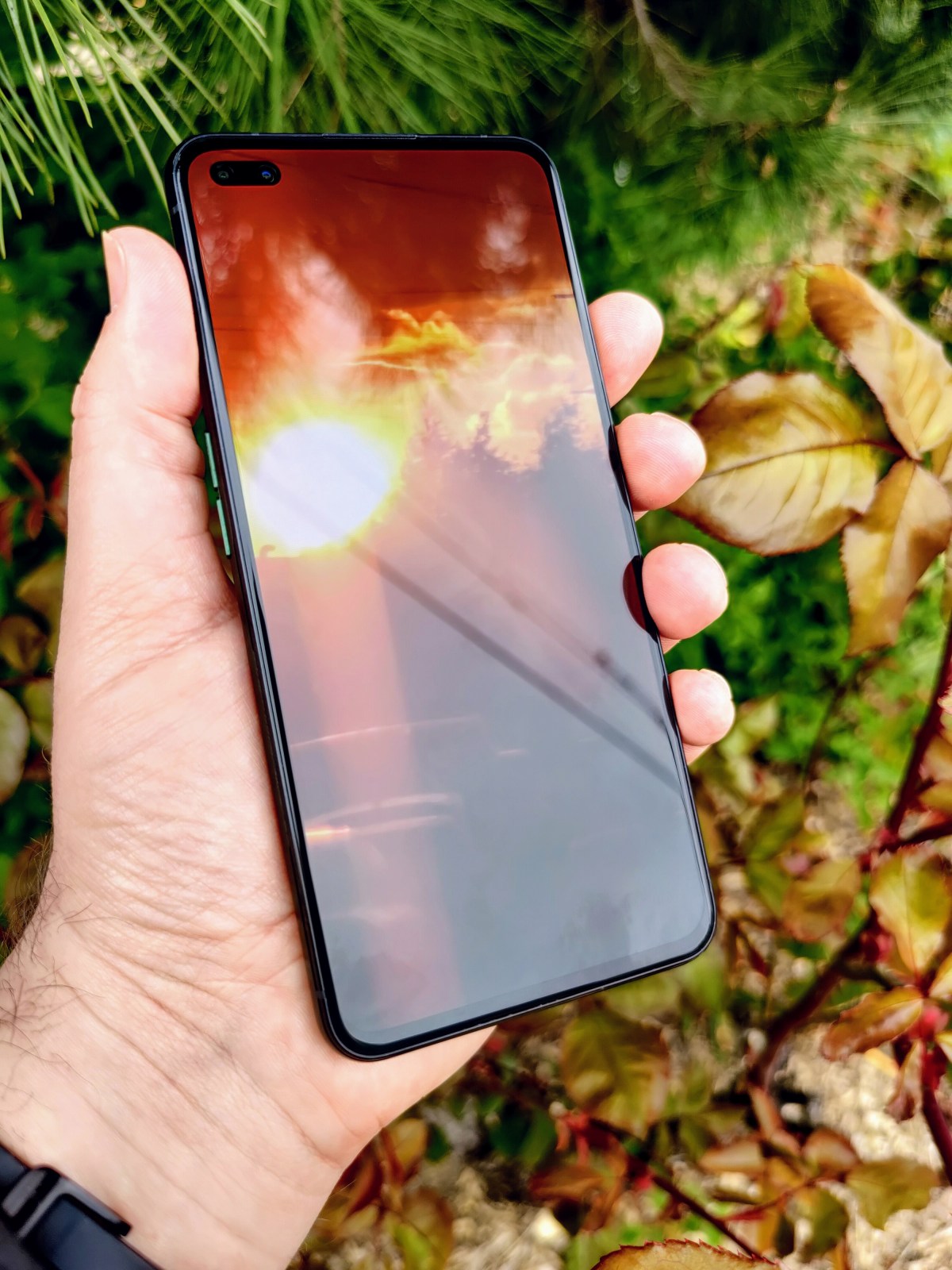
Future proofing is always a good idea, which means choosing a decent chipset, up to date connectivity (whether 5G or, say, Wi-Fi 6), and a decent specification in general.
Usually that requires investing in a top-end device with a price tag nudging, or even exceeding, £1000.
But not any longer with the Realme X50 Pro 5G. A handset with a retail price of around half the current flagships.
I’ve recently reviewed 5G handsets from Oppo and OnePlus, and now it’s time for Realme. Why do I mention the others? Because all of these companies are part of the same empire – BBK Electronics.
While OnePlus shares elements of hardware design with Oppo (and charging technologies), it is still run quite separately. With Realme there’s a much closer connection to Oppo, in much the same way as Honor sits as a sub-brand of Huawei and share the same offices.
Realme is a relatively new entrant to the UK, and I won’t judge if you haven’t even heard of them. Even if you think you have, there’s an outside chance you’ve got it mixed up with Xiaomi’s sub-brand Redmi.
Just as Honor sells cheaper handset than its parent, Realme is another manufacturer with access to the same parts bin, but with lower overheads due to low-key marketing. Realme – like Honor – favours word of mouth as its primary form of marketing.
Companies that rely on word of mouth are compelled to make good products, as their future success hangs on their current products. Let’s hope that is the case here.
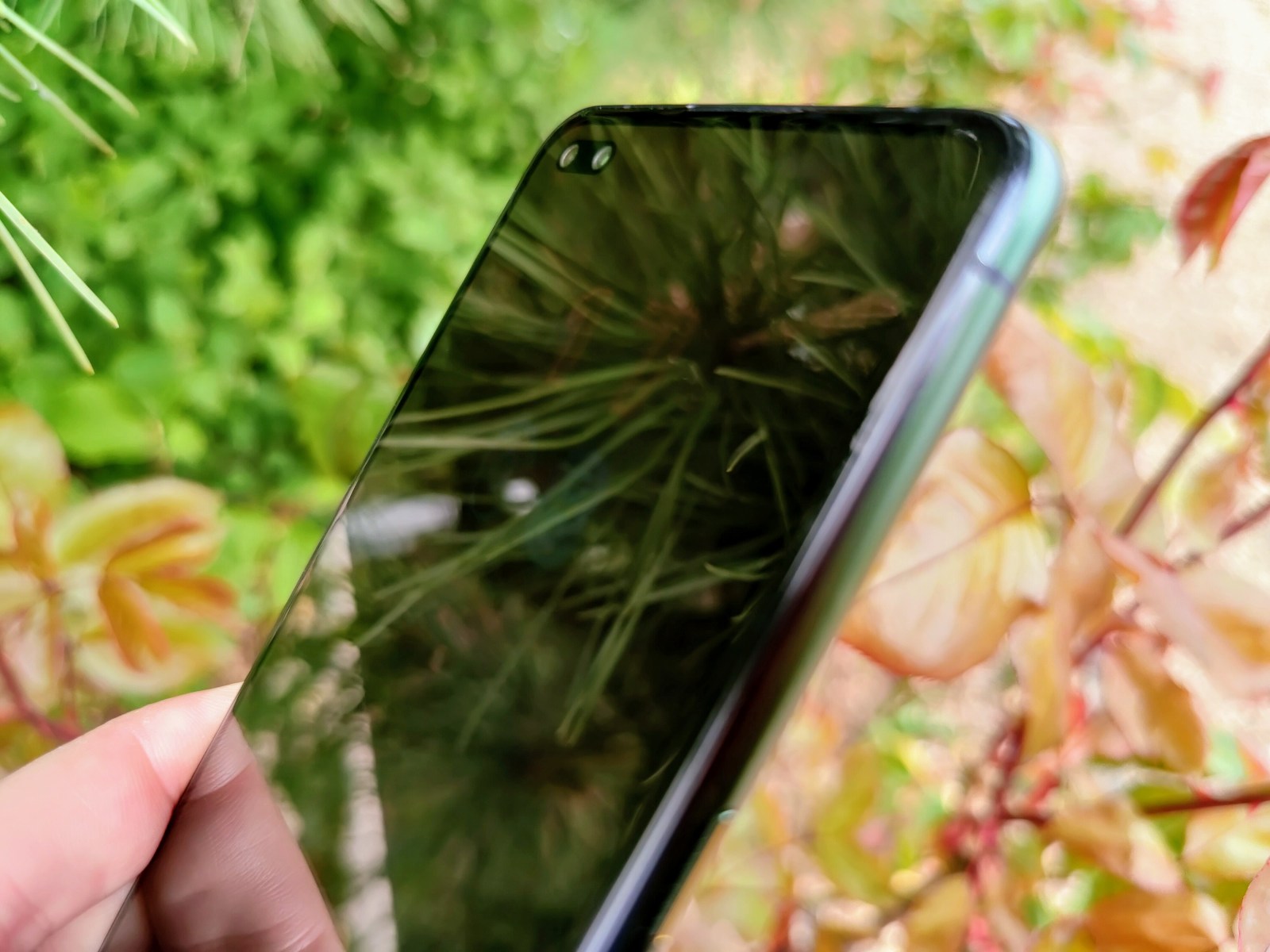
Design & Features
In the case of the X50 Pro 5G, there has been no attempt to source cheap components. Far from it. The phone offers up a package that could easily sit amongst its top-end rivals: Snapdragon 865, a 64-megapixel camera, HDR+ display with 90Hz refresh rate, high-quality stereo audio, UFS 3.0 storage, plus 5G and Wi-Fi 6 connectivity.
There’s also a large 4,200mAh battery with Oppo’s proprietary charging technology (called SuperDart instead of SuperVOOC) that gets the phone from 0-100% in a little over 30 minutes. Yes, I said 0-100%.
On paper, you’d assume this phone to be selling for considerably more than the expected sub £600 price tag (the exact price will be confirmed on May 5th, when the handset is officially announced for sale in Europe Update: the price has now been confirmed as £569 – £699 depending on RAM/storage) and it makes it one of, if not the, cheapest 5G devices using Qualcomm’s flagship chipset.
There will be many new phones coming with Qualcomm’s mid-range Snapdragon 765G chipset (and I have high hopes for these too), but you won’t get the same level of performance as you will here.
The back of the phone consists of a red or green matte effect finish (I got the green model). Each have a strong shimmering effect as you twist and turn the phone, but compared to many other handsets the design is functional and not particularly awe-inspiring. The only stand-out effect is the coloured ring around the primary camera on the camera bar.
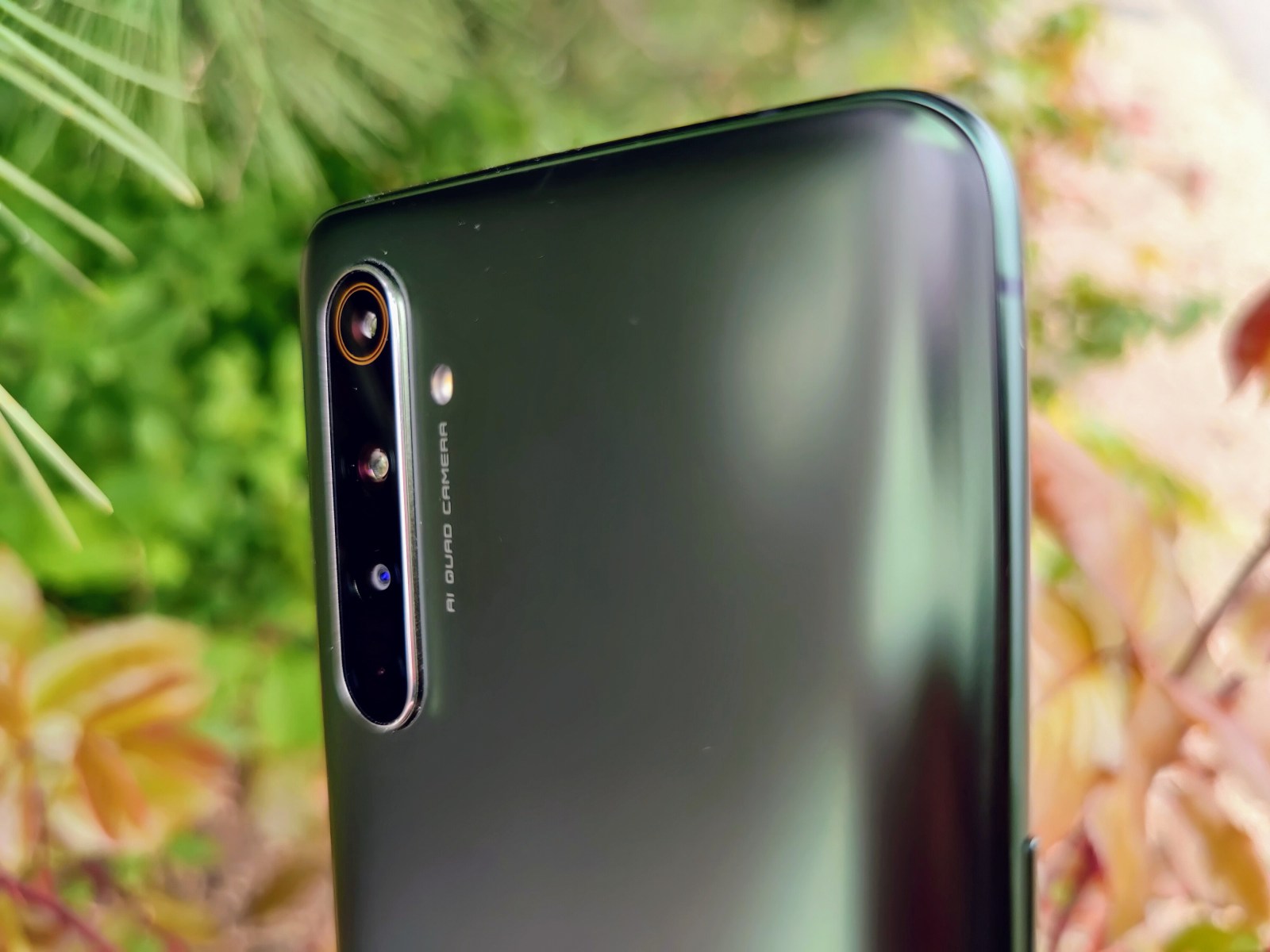
Display
Personally speaking, the 6.44-inch display feels a little small amongst the current flagships all pushing towards the 7-inch barrier (I discount the Huawei Mate 20 X 5G purely as it’s now almost a year old and hasn’t been superceded).
But in the real world, where Apple can launch a brand new phone with a 4.7-inch screen that isn’t even full HD, it’s far from small even if the reduced bezels doesn’t make the X50 Pro 5G that much larger in the grand scheme of things.
The X50 Pro 5G is the affordable 5G phone, as the iPhone SE is the affordable iPhone. Oh, and the iPhone SE doesn’t come with 5G.
The AMOLED display is extremely high quality, with a Full HD+ (1080 x 2400 pixel) resolution, a 90Hz refresh rate and HDR10+. If there’s one complaint, it’s that the pill-shape notch looks a little gratuitous (I’m no fan of it on Samsung or Huawei phones either).
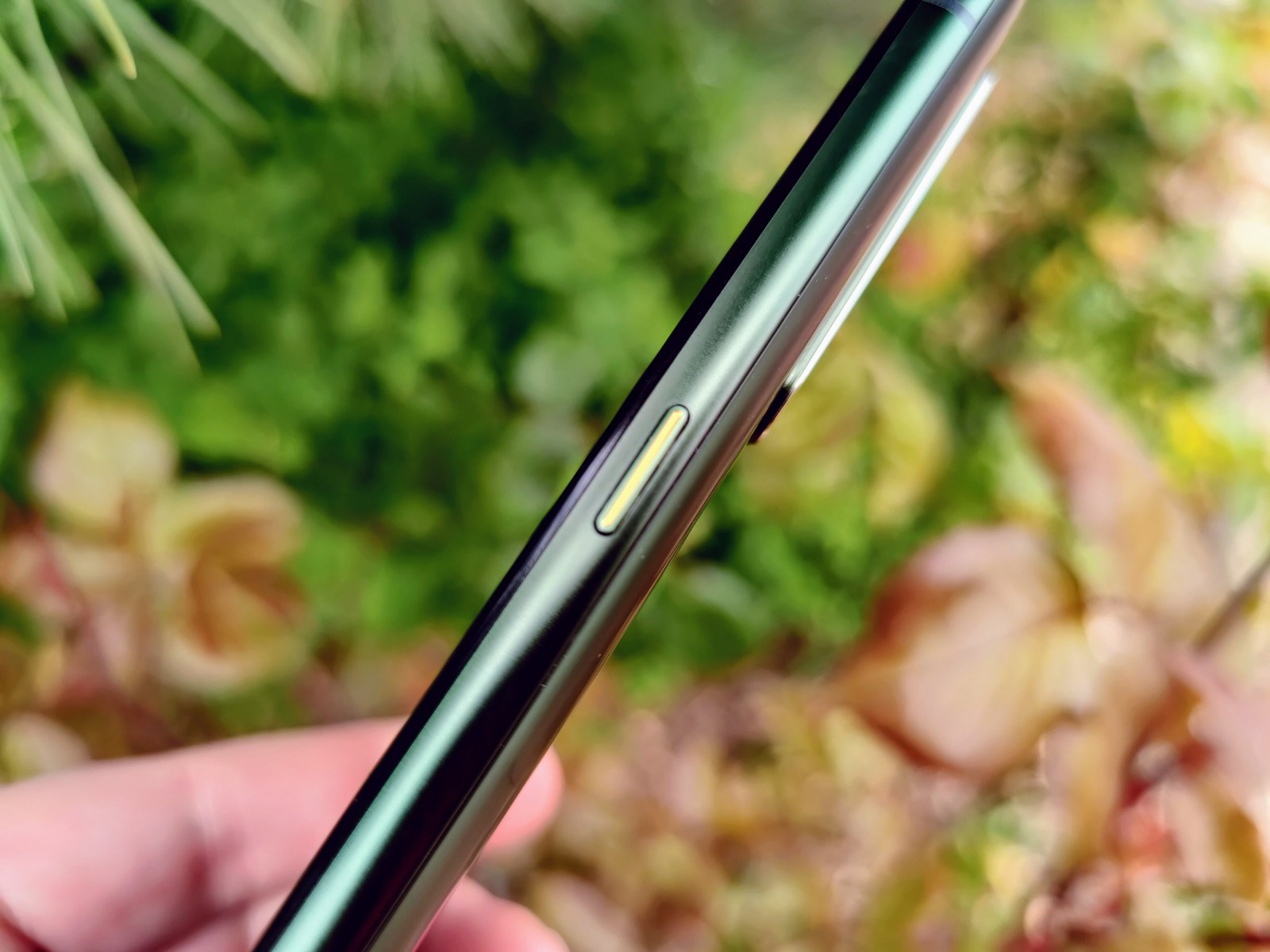
The reason for the large cut-out is to accommodate two selfie cameras, giving a choice of a standard image (32-megapixels) or wide-angle (8-megapixels) intended for group shots.
If you’re into selfies, you’ll likely love the flexibility. If not, it’s a disruption to the display that, fortunately, doesn’t impose too much when playing a game or watching a film, as it either gets hidden by your fingers or out of your primary field-of-view.
The screen is also flat, which means no screen distortion issues at the edges. I’ve always loved the look of a curved display, and can get on with both, but flat displays have a lot of practical advantages even if not looking as sexy.
Directly above the screen is a combined earpiece and second speaker, which joins the base mounted speaker for Dolby Atmos stereo sound with a choice of modes (auto, movie, gaming and music).
The audio is as loud as the screen is bright, and you’ll have no complaints consuming media content on this phone. At the time of writing, Netflix doesn’t support HDR video playback yet (you can stream HD content though), but services like YouTube are good to go.

Camera
Most flagship phones use Sony image sensors, but on the X50 Pro 5G comes Samsung’s 64-megapixel ISOCELL sensor (f/1.8) for the primary camera you’ll likely use most of the time.
Pixel binning produces very clear, sharp and colourful 16-megapixel images but you can also opt to save native 64-megapixel shots too. It requires excellent lighting, and you’ll be quite stunned with the level of detail.
There are a range of AI scene detection modes and various colour profiles, including automatic or manual HDR control. As you’ll see from the various outdoor photos below (we are in a lockdown, so travelling to take photos is just a dream right now), the camera does like to over saturate things at times – and greens are, well, very green.
To be fair, you can make adjustments to tone things down but I quite liked the vivid nature of the photos when viewed on the phone screen. If you’re intending to share photos on social media, you’ll probably prefer the look and feel of the photos being so colourful and not needing any filters.
Professionals can opt for a more subdued profile, and shoot in RAW for post-processing as required.
The X50 Pro 5G phone also doesn’t require you to choose between having an ultra-wide angle camera or telephoto lens, as you get both (albeit only a 2x optical zoom, with 5x hybrid and 20x digital). The telephoto camera is a 12-megapixel f/2.5 sensor, with the ultra-wide being 8-megapixel f/2.3 one.
It gives the phone a lot of flexibility from 0.6x to 20x – but in practice, 0.6-5x being the best way to ensure quality.
There’s also 2-megapixel black and white sensor to aid low-light and portrait/bokeh shooting, which when added to the two cameras up-front means this phone has no less than six cameras to utilise.
The ultra-wide camera also doubles up as a macro lens, and there’s a dedicated mode to enable this so you don’t have to wait for the software to switch based on what it recognises.
All in all, the camera experience is very good and puts up a strong fight against the competition.
Camera Photos
For video, my review model didn’t support 4K recording at 60 frames-per-second at the time of writing, but in the coming weeks there will be an update rolling out that adds this. It has already been issued to a small number of handsets with positive results.
There is no 8K recording, nor any plans to add it, but you do have Ultra Steady and Ultra Steady Max video modes for super-stable video recording. The quality is excellent, although I could detect some dropped frames and jerkiness when panning too quickly – something that might be addressed with the forthcoming firmware update.
You can also do time-lapse video and slow motion, with 480fps and 960fps recording at 720p and 240fps at 1080p. 960fps recording is limited to just a couple of seconds recording.

Battery
5G can put any phone under more strain battery-wise, especially as in non-standalone mode you may be connected to a 4G site close by, and a 5G one further away (with the data aggregated for the faster overall speeds we expect from the next-generation network technology).
The phone, like many others, has a Smart 5G option that allows the phone to choose when to utilise a 5G data connection. This is usually once the phone consumes a steady stream of data for a prolonged time, such as a download or running a speed test.
If you want to force the phone to use 5G all the time, you can but it will drain the battery more quickly. It’s rather pointless as for checking emails or web browsing, you won’t need the extra speed. The phone can switch quickly and without user intervention in the smart mode.
Fortunately, Realme has in any case opted to include a decent size battery. Apple might think it okay to go with a 1,821mAh battery and rely on clever power management, but once you’re streaming data or watching movies at full-brightness, nothing can beat more juice.
A 4,200mAh battery is a decent size for a phone of this size, but the 65W charging takes things up a level because when it does start to get low, you’ll be back to 100% in no time.
Even if you manage to get down to 0%, you’ll be back to full power in around 35 minutes – although you’d have to be an extremely heavy user, as I was able to get 5 or 6 hours of screen-on-time and still get through an entire day.
What you won’t get here is wireless charging, but 65W is the fastest charging speed on any phone right now, and the charger is supplied in the box so you won’t even need to go shelling out anything on top to experience it as other manufacturers will have you do.
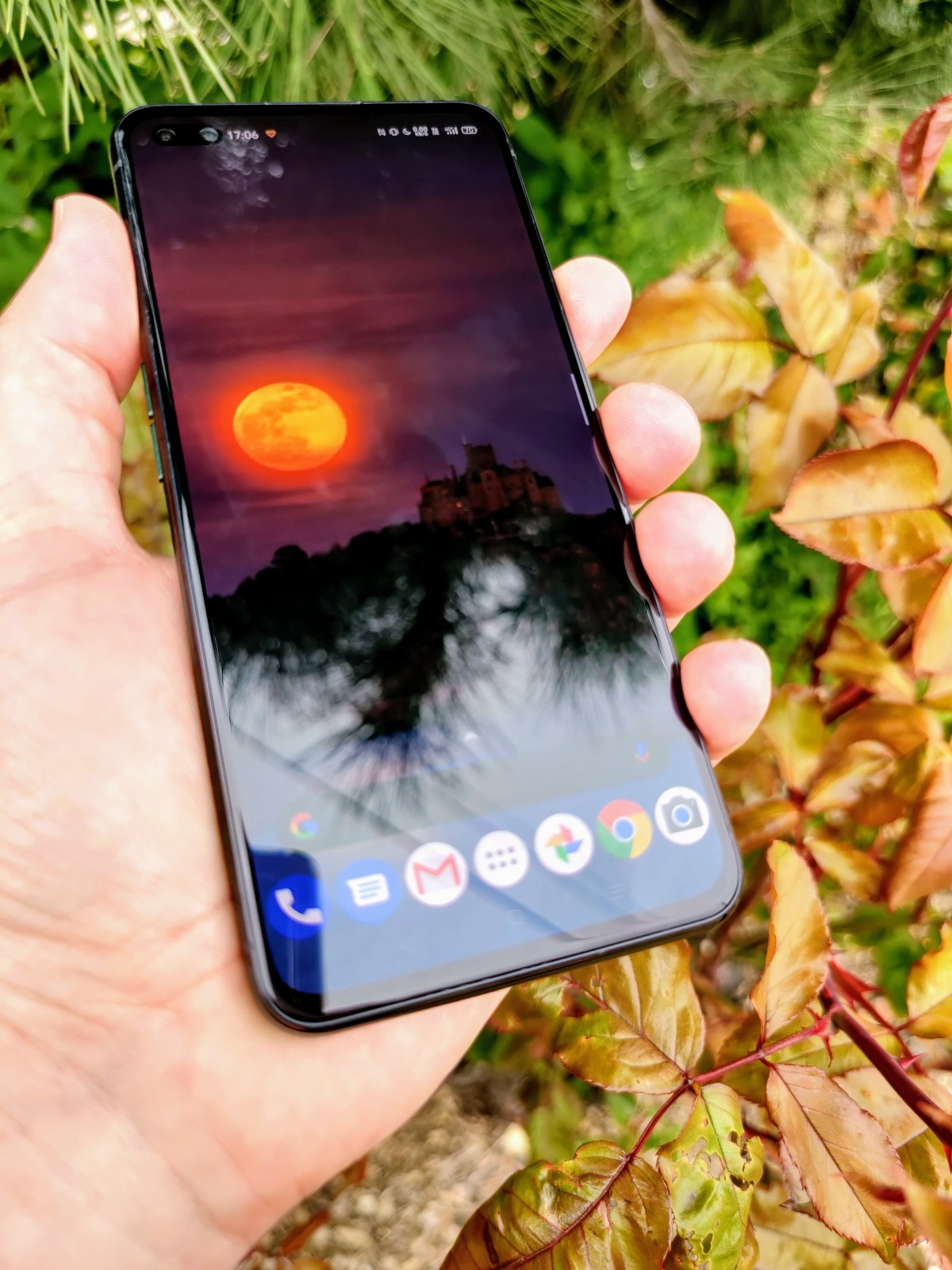
Performance
As you’d expect from a SD865 device, using the phone is a dream as the chipset is as powerful as can be. This is actually why I have high hopes for Qualcomm’s more mid-range 5G chipset, because for a lot of people there’s simply too much power on tap; power that won’t be fully appreciated.
But that’s hardly a complaint, as using the phone with either the native launcher or my own preferred Nova Launcher, makes it easy to navigate around the phone with everything being ‘buttery smooth’ and responsive.
The only thing that can cause any impact is the power management tools that can kill a third-party launcher, like Nova, if you don’t manually instruct it to keep the app running in the background. It’s a simple fix that takes a few seconds.
Realme UI, which is just ColorOS renamed, comes on top of Android 10, and Android 11 will come later in the year. The UI now is pretty close to native Android, with a few nice added features including an always-on-display that comes with a range of clock designs, as well as showing all of your notifications.
The in-glass fingerprint sensor is quick, but you can also use face unlocking that will kick in as soon as you pick up the phone. It works at almost any angle, as long as one of the front facing cameras can see your face.
The X50 Pro 5G doesn’t have the same features as the Oppo Find X2 Pro to upscale SDR to HDR video, or increase the frame rate of video, but it does come with a feature called OSIE Vision Effect to enhance the image on screen using AI.
Most of the other features you can read about in the Find X2 Pro review are present on the X50 Pro 5G too, including the optional side bar that can be used to run selected applications in a scalable window, or trigger screen recording and other tasks.
As Realme is new to the market, my only real fear is the timeliness of OS updates. The slow update of ColorOS 6.x to 7.x on Oppo devices like the Reno 2 makes me think an update to Android 11 isn’t going to be quick (bar the possibility of running it in beta if you sign up to a trial), but security updates should be quite timely if ColorOS is anything to go by.
The X50 Pro 5G fully supports all Google services, including Google Pay and Google’s extensive cloud backup services for data, photos and video.
As long as you can have some patience on getting the next OS, you shouldn’t be put off by a concern that might subsequently, and hopefully will, prove to be unfounded.

Final Thoughts
As my first experience of a Realme phone, I’ve been somewhat spoilt with the flagship model, but I’m now very keen to see what the other models are like (and soon I will, as I test out the £189 Realme 6i).
It’s a rather unfortunate time to be releasing new phones, when people are probably concerned about other things over buying a new phone, and a lot of people won’t even get to hear about this phone as a result.
If you’re reading this then you are already well on the way to experiencing a cheap way to get a next-generation phone that won’t cost you a fortune.
You don’t have to forego many luxuries from the circa-£1000 models and will still be left with a knowing smile in your face – not least when you still have some money in the bank to put towards a well-earned post-lockdown holiday.
I generally avoid Apple vs Android comparisons, as few people switch ecosystems, but with everyone saying how fantastic the new iPhone SE is – with its small screen, tiny battery but huge bezels, here’s an example of how you can produce a smaller sized phone with few compromises, and for a great price.
Specifications
| Size & weight | 159 x 74.2 x 8.9 mm / 205g |
| Chipset | Qualcomm Snapdragon 865 + X55 5G Modem |
| RAM | 6, 8 or 12GB |
| Storage | 128 or 256GB UFS 3.0 (non expandable) |
| Screen | 6.44 inch AMOLED, 1080×2400 pixels HDR10+, 90Hz Integrated fingerprint sensor & face unlock |
| Audio | Dual-stereo sound |
| Camera (rear) | 64-megapixel primary (Samsung ISOCELL) 8-megapixel wide-angle 12-megapixel telephoto (x2) 2-megapixel B&W 4K video recording at 30 and 60fps* * coming during May 2020 |
| Camera (front) | 8 & 32-megapixel |
| Battery | 4,200mAh with 65W charging 0-100% charge in approx. 35 minutes |
| Connectivity | 2G-5G, NSA and SA + Wi-Fi 6 and BT 5.0 Single SIM |
| OS | Android 10 with Realme UI |
Pricing & Availability
The Realme X50 Pro 5G comes with a choice of 6GB/128GB, 8GB/128GB or 12GB/256GB and in Moss Green or Rust Red.
Pricing will be announced on May 5th when Realme will confirm the UK and European availability. The pricing has now been confirmed for the UK and here two models will be available at the following prices:
- 8GB RAM + 128GB storage: £569
- 12GB RAM + 256GB storage: £699
Details on ordering can be found on the Realme website.












